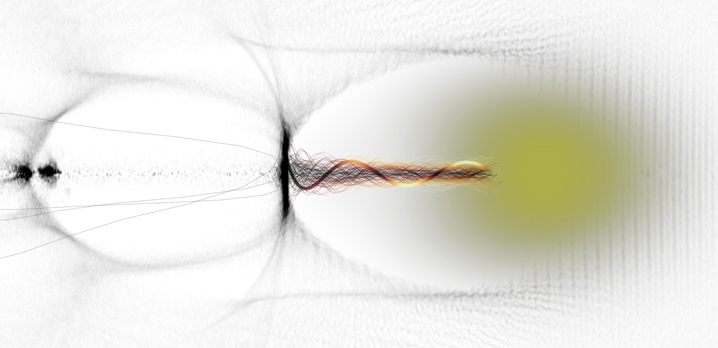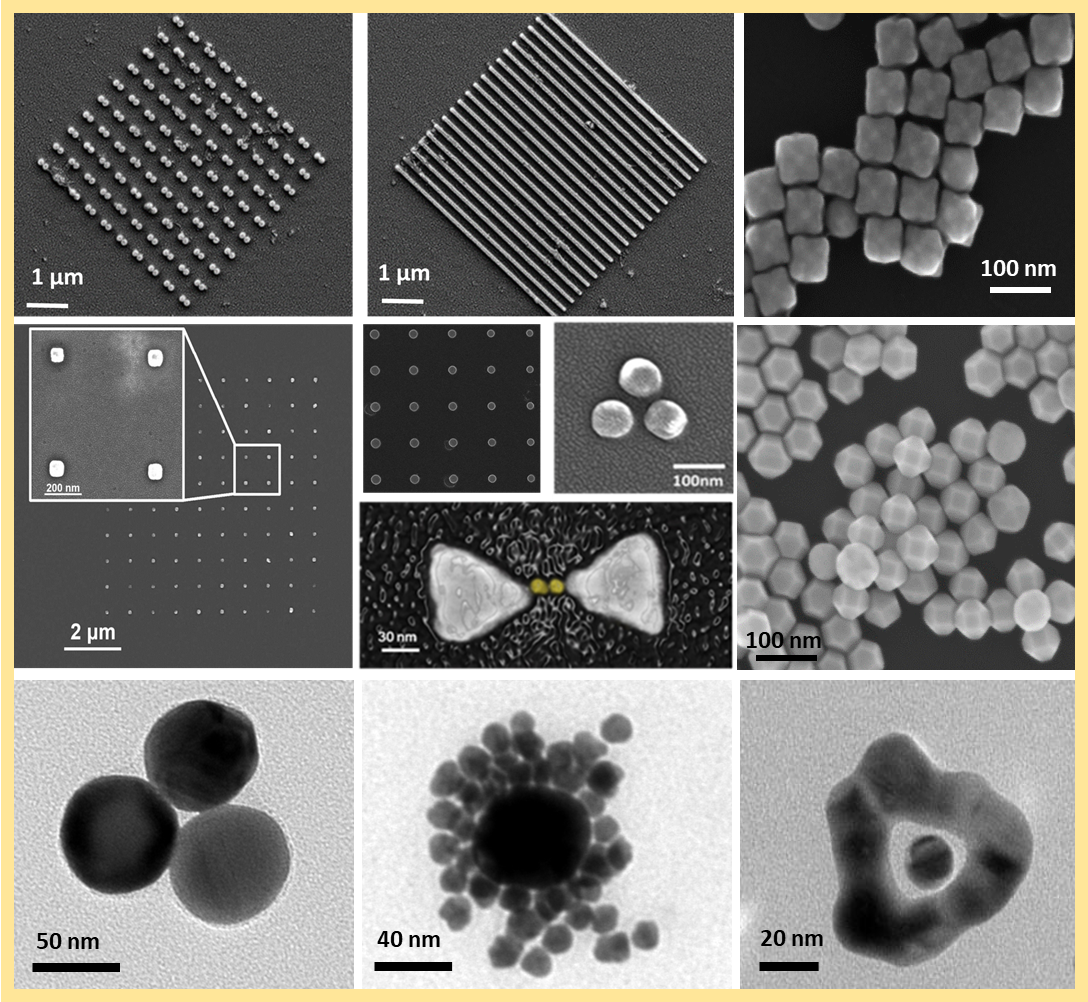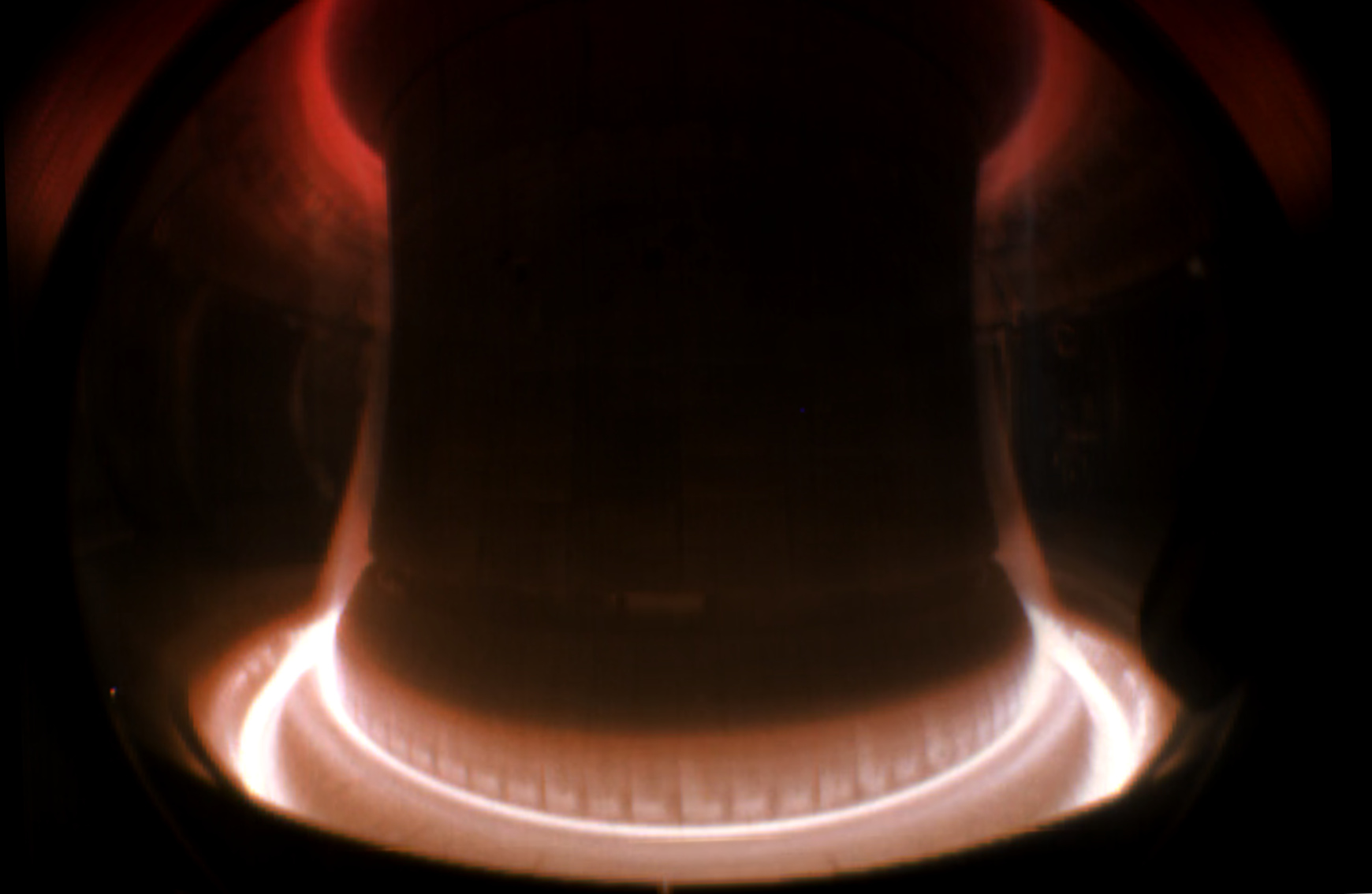- Учитель: Emil Pupeza
- Учитель: Matthew Weidman
RATIONALE:
"The search for our place in the cosmos has fascinated human beings for thousands of years. For the first time in human history we have technological capabilities that put us on the verge of answering such questions as, 'Do other Earths exist?,' '' Are they common?, 'And' Do they harbor life? ' Critical to inferring whether or not a planet is habitable or inhabited is an understanding of the exoplanetary atmosphere. Indeed, almost all of our information about temperatures and chemical abundances in planets comes from atmospheric photometry or spectroscopy. "- Sara Seager
AIMS:
- Construct the tools needed to study exoplanet atmospheres theoretically and observationally
- Identify the key physical processes responsible for atmospheric evolution
- Paint a pedagogical overview of the atmospheric structures and their diversity
- Map out future research areas
- Develop practical skills that are broadly applicable in astrophysics

- Учитель: Mark Hutchison
- Учитель: Karan Molaverdikhani
- Учитель: Ulrich Rührmair
- Учитель: Harald Weinfurter
- Учитель: Monika Aidelsburger
- Учитель: Raphaël Saint-Jalm
- Учитель: Jonathan Bortfeldt
- Учитель: Katia Parodi
- Учитель: Gordian Edenhofer
- Учитель: Torsten Enßlin
- Учитель: Philipp Frank
- Учитель: Philipp Haim
- Учитель: Johannes Harth-Kitzerow
- Учитель: Ivan Kostyuk
- Учитель: Rouven Lemmerz
- Учитель: Nico Reeb
- Учитель: Jakob Roth
- Учитель: Gordian Edenhofer
- Учитель: Torsten Enßlin
- Учитель: Philipp Frank
- Учитель: Philipp Haim
- Учитель: Johannes Harth-Kitzerow
- Учитель: Ivan Kostyuk
- Учитель: Rouven Lemmerz
- Учитель: Jakob Roth
- Учитель: Philipp Zehetner
Please consult the plan from an earlier lecture for more details on the contents under https://www.physik.uni-muenchen.de/lehre/vorlesungen/sose_20/TVI_TMP-TB3_-Supersymmetry/index.html
- Учитель: Peter Mayr
- Учитель: Seyed Mazloumi
- Учитель: Alexander Tabler
- Учитель: Ludwig Böss
- Учитель: Harald Lesch
- Учитель: Anamaria Hell
- Учитель: Tobias Russ
- Учитель: Ankit Shrestha

- Учитель: Andreas Döpp
- Учитель: Stefan Karsch
- Учитель: Erwin Frey
- Учитель: Florian Gartner
- Учитель: Benedikt Sabaß
Short description of content: We make an overview of some recent topics concerning atomic and nuclear physics, as related to current and planned small tabletop experiments, as well as accelerator-based experiments. A simple overview of the theoretical background of the Standard Model related to these experiments are provided during the first 2/3 of the semester. In this semester, we will cover the fundamental symmetries, weak interaction, electroweak theory, and Higgs mechanism; with some discussion on WIMP dark matter in the context of small-scale atomic physics experiments. During the first few lectures, we will review the material covered in Modern atomic and nuclear physics I. The lecture assumes some basic undergraduate-level knowledge of quantum mechanics.
Until the coronavirus issues are resolved, the lectures will be provided online using Zoom. If you have questions, please e-mail: Masaki.Hori@mpq.mpg.de If you would like to participate, please register in LSF and you will receive the password to the Zoom session.
Note: I was told the "register" function in LSF doesn't seem to be available for exchange students. If this is true for you, please e-mail me and I will register you.
- Учитель: Masaki Hori
- Dozent/in: Harald Lesch
- Dozent/in: Marco Smolla
- Учитель: Kilian Frank
- Учитель: Johannes Heyn
- Учитель: Julian Philipp
- Учитель: Joachim Rädler
- Учитель: Michael Haack
- Учитель: Thomas Kuhr
- Учитель: Thomas Lück
Content of the course:
Fundamental properties of
semiconductors and semiconductor devices. Focus is on the introduction
of relevant materials, in particular doped Si, GaAs heterostructures,
organic semiconductors, 2D-materials, and lead halide perowskites. We
introduce fundamental concepts to explain physical properties of these
materials. This includes experimental characterization by electrical and
optical methods and typical device applications. Most important topics are: Crystal lattice and band structures,
optical and electronical excitations, charge separation and charge
transport, transistors, photo diodes and photovoltaics, LEDs and laser
diodes
- Dozent: Alexander Högele
- Dozent: Bert Nickel
- Dozent: Alexander Urban
A colloquial definition of nanotechnology accounts for “any technology that involves controllably engineering structures with at least some critical dimension less than 100 nm in extent”. Estimates of the global economic impact of nanotechnology in the next five years exceed €1 trillion.
This course is intend to provide some fundamental concepts and applications for students interested in nanoscale science and technology. We will cover the physical and chemical basis of nanoscale science and this will guide us in understanding the properties (electrical, magnetic, optical, mechanical, etc.) of materials at previously inaccessible size scales.

- Учитель: Emiliano Cortés
- Учитель: Simone Ezendam
- Учитель: Christoph Gruber
- Учитель: Matias Herran
- Учитель: Seunghoon Lee
- Учитель: Nan Lin
- Учитель: Rui Lin
- Учитель: Fedja Wendisch
- Учитель: Ilka Brunner
- Учитель: Pantelis Fragkos
- Учитель: Alexander Tabler
- Учитель: Robert Helling
- Учитель: Sabine Jansen
- Учитель: Leonid Kolesnikov
- Учитель: Martin Peev

